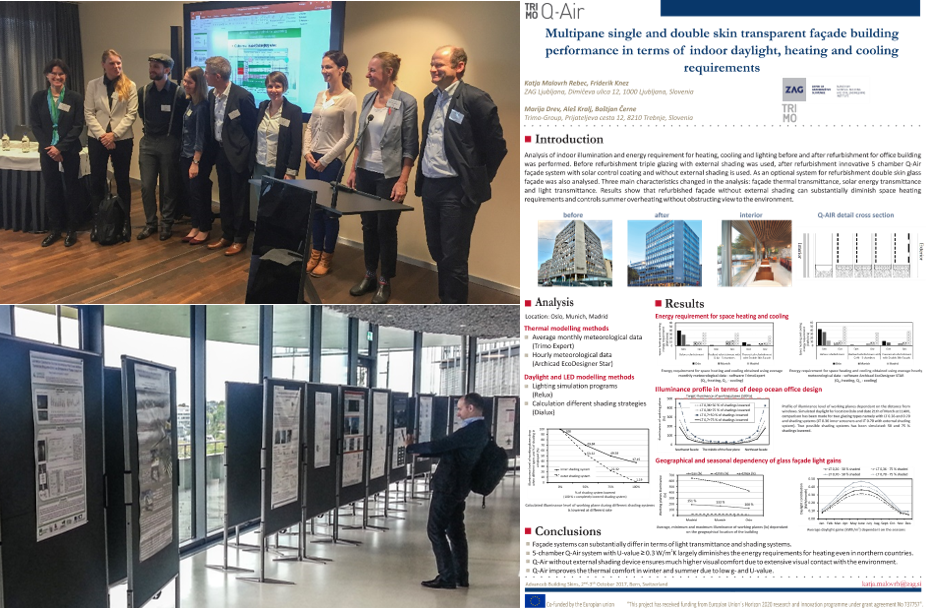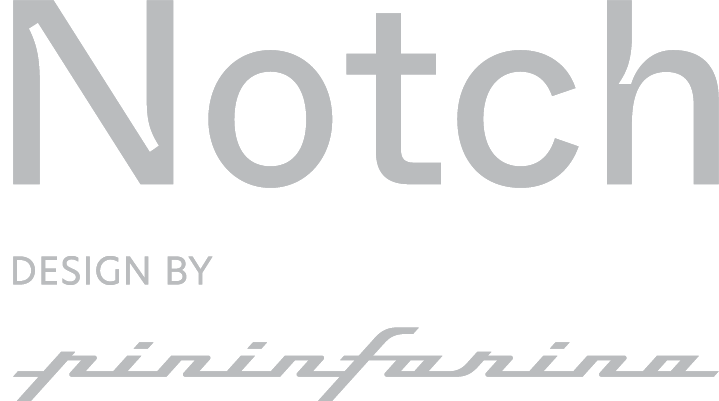
Q-Air research results presented at renowned Advanced Building Skins conference in Bern

This is the biggest international event of its type where architects, engineers, scientists and other building industry related people from over fifty different countries meet. By fostering lively exchange between these groups, the conference sheds light on the significance of the building skin, with an aim to putting scientific know-how into practice. Katja Malovrh Rebec (ZAG) and Boštjan Černe (TRIMO) presented the research paper titled ‘Multipane single and double skin transparent façade building performance in terms of indoor daylight and heating/cooling requirements’.
No interior overheating effect; low energy requirement for heating and cooling
“We have concluded that conventional glass façades can cause interior overheating, and therefore usually require external shading. In contrast, Q-Air, an innovative 5-chamber transparent glass facade system with solar control coating and without external shading, could ensure low cooling requirement, equivalent to conventional facades with external shadings”, emphasized Katja Malovrh Rebec, a researcher at ZAG, Slovenian National Building and Civil Engineering Institute.
Boštjan Černe, building energy efficiency specialist, adds: “Extremely low thermal transmittance, Ug-value down to 0.24 W/m2K, of Q-Air transparent glass façade system can diminish energy requirements for space heating substantially even in northern countries”.
Maximised illumination and natural daylight, even for refurbishment projects
The study also revealed that a facade refurbished with Q-Air and without external shading ensures similar levels of illumination within the office as it was before refurbishment, although light transmittance (LT) of Q-Air is lower. Using Q-Air there is no external shading required, only internal regulating glare, whereas conventional glass facades employ external shading which reduces illumination and obstructs view out.

